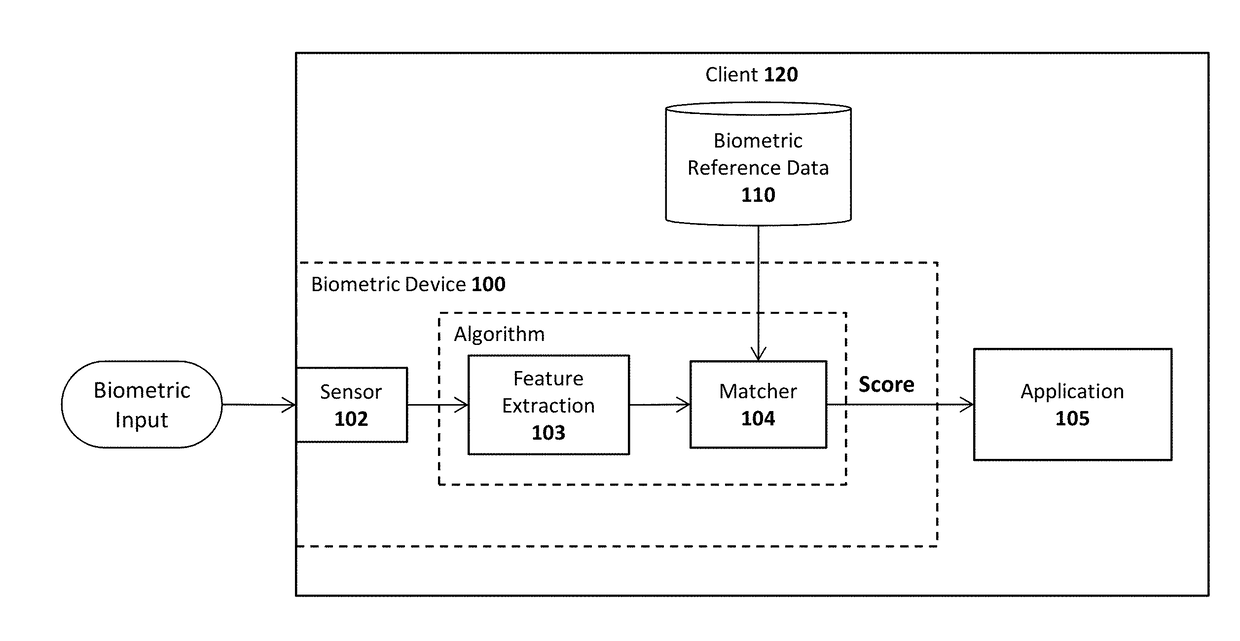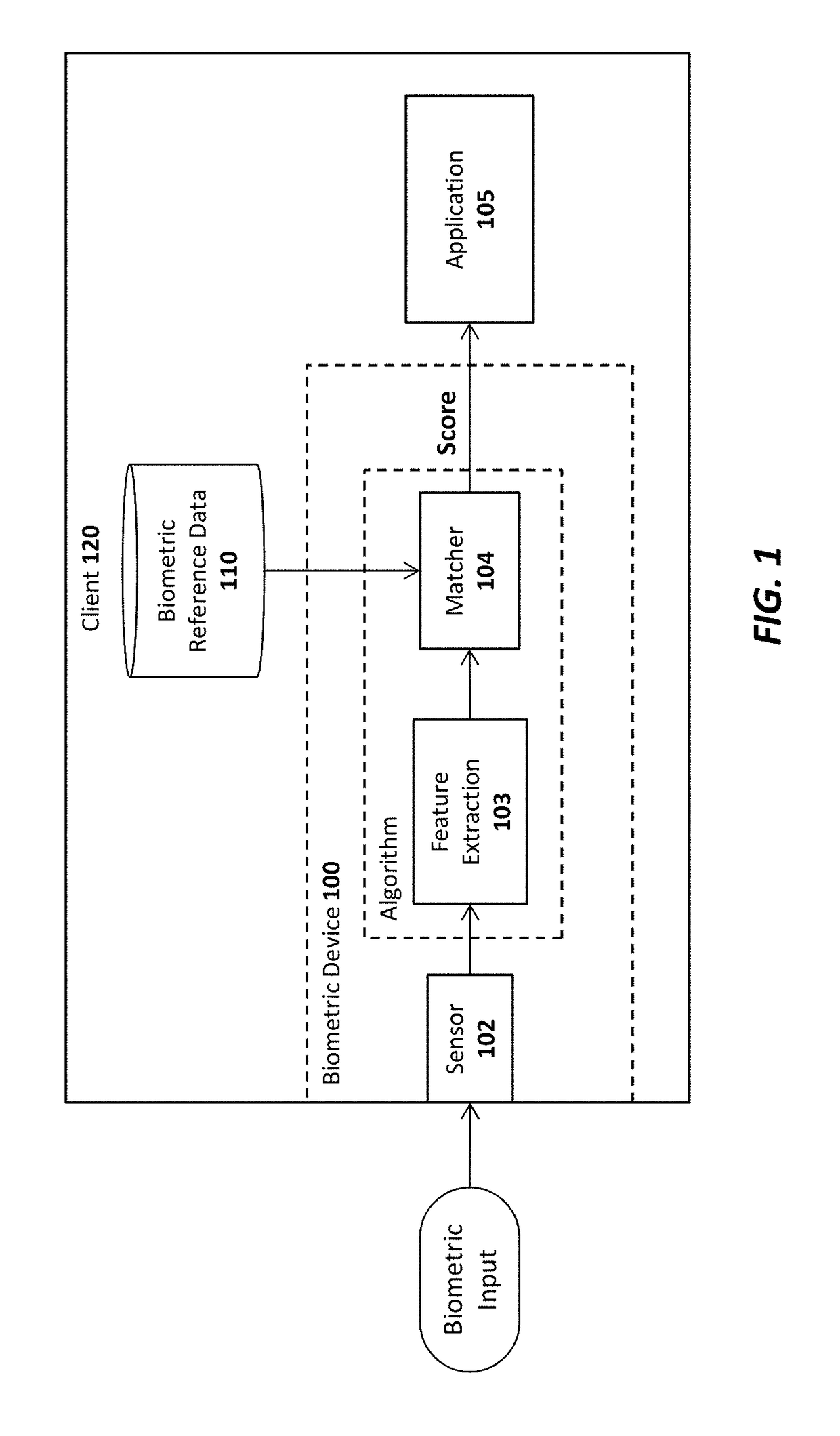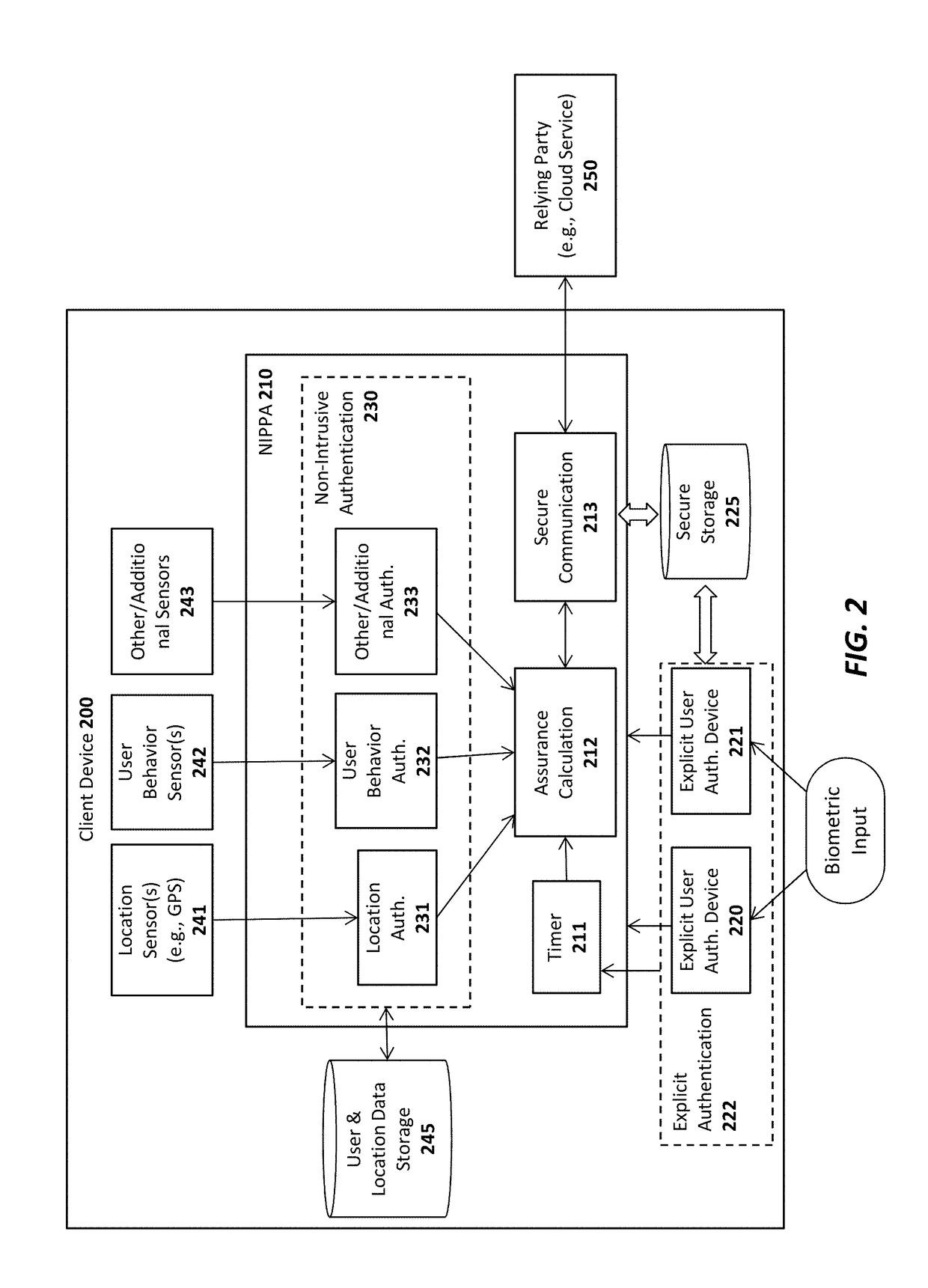System and method for sharing keys across authenticators
a technology of sharing keys and authenticators, applied in the field of data processing systems, can solve the problems of violating the privacy of users, relying on a third party to supplement the risk estimation, and sending a machine-id that does not provide enough certainty that the legitimate user is still in possession of the devi
- Summary
- Abstract
- Description
- Claims
- Application Information
AI Technical Summary
Benefits of technology
Problems solved by technology
Method used
Image
Examples
use case 1
[0647]
[0648]In some branch office / shop a user may be vetted by an identification system using for example an electronic ID card reader, fingerprint scanner, or camera. The identification system verifies the authenticity of the ID card (if ID cards are being used) and then converts the captured data (captured from the user directly or captured from some trusted credential such as a government-issued ID card) into the format required by the authenticator.
[0649]The identification system encrypts the IUVRD data (as described above) and stores it along with the customer order for the authenticator. The order details are sent to a fulfillment center and the authenticator is shipped to the customer.
[0650]Once the customer uses the authenticator for the first time, it will automatically trigger the registration of this authenticator to the server providing the order number (or a similar identifier) allowing the server to understand the prospective user. The server will then add the appropri...
case 2
[0651]Use
[0652]If the user is at home and orders the authenticator online, the user may provide a scan of his / her photo ID card as proof of identity. The identification system at the server side verifies the integrity of the scan and extracts the IUVRD from it. Proceed as in use Case 1, with the identification system verifying authenticity.
use case 3
[0653]
[0654]Similar to Use Case 2 but using a PIN and a PIN-based authenticator (e.g. based on the SIM) or an authenticator supporting a PIN and some other user verification method(s).
PUM
 Login to View More
Login to View More Abstract
Description
Claims
Application Information
 Login to View More
Login to View More - R&D
- Intellectual Property
- Life Sciences
- Materials
- Tech Scout
- Unparalleled Data Quality
- Higher Quality Content
- 60% Fewer Hallucinations
Browse by: Latest US Patents, China's latest patents, Technical Efficacy Thesaurus, Application Domain, Technology Topic, Popular Technical Reports.
© 2025 PatSnap. All rights reserved.Legal|Privacy policy|Modern Slavery Act Transparency Statement|Sitemap|About US| Contact US: help@patsnap.com



